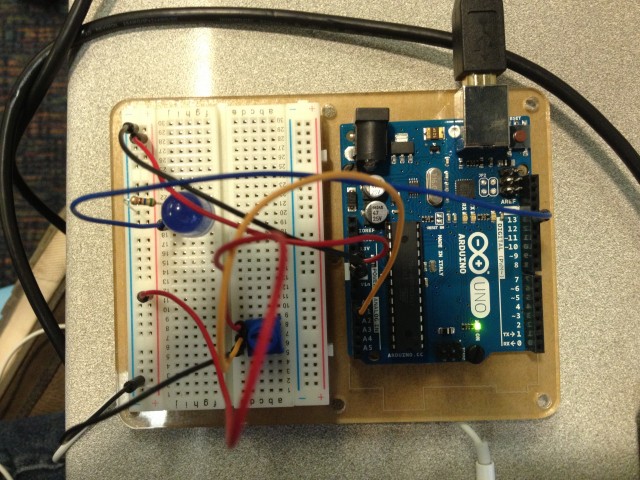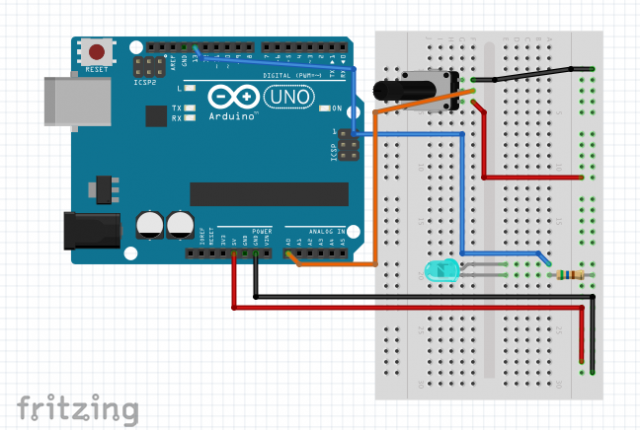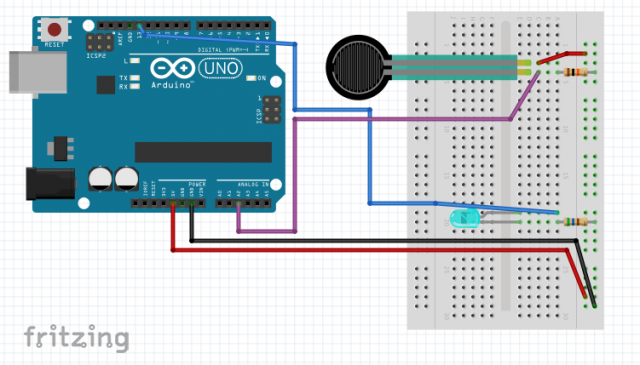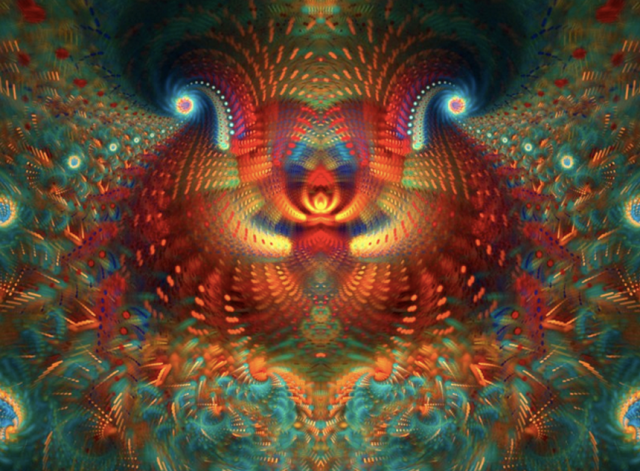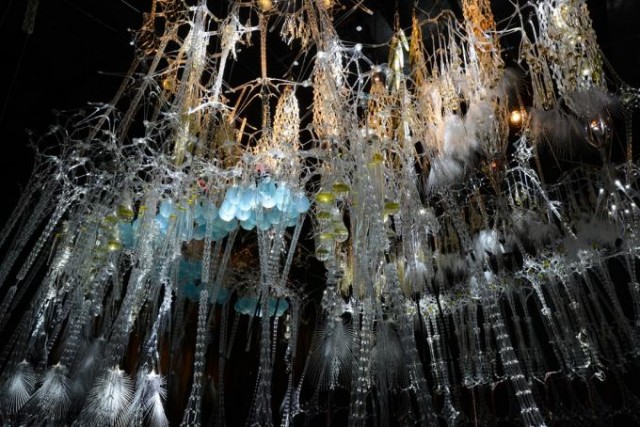I’d be bluffing if I said I knew a lot about art with a capital ‘A’. I’d be lying if I said I knew anything about Art and technology and how those two very different mediums coexist. To be honest, prior to last year, I wasn’t quite sure how computers and technology could even work in tandem to create art. However, whenever I think of a medium in which art and technology seem to meet, I think of video games. Socially, I don’t think most people consider video games an art form and I would agree with that concept but only in the slightest of sense to say that not everything is an art form. I think it takes a certain amount of creativity and thought for anything, be it a painting, a sculpture, a book or a video game, to be considered art.
A few years ago, I stumbled upon a game that really opened my eyes to the concept of video games being an art form, and that game was the Unfinished Swan. I’ve never played the game, which, I suppose may take away from my credibility when it comes to discussing it—I don’t know—but for some reason, it holds a special place in my heart.
The game is about a little boy, chasing a mystical swan that leads him to an unfinished kingdom, a kingdom where the player is essentially, the creator, throwing paint balls to reveal the world around them. This game just feels so magical. It’s so quiet and simple, which surprised me, especially considering the fact that I’ve always been, and am, a graphics girl when it comes to playing video games. It just has this ethereal quality about it that stirs something inside me that I can’t quite pinpoint. Maybe it’s a longing for childhood, or simplicity, whatever it is this game just makes me feel, something that is rare to find in any medium really, not just in video games.
How many people were involved in making it? How did they organize themselves to achieve it?
A Studio named Giant Sparrow created the game which, started off as a graduate student project led by Ian Dallas, a graduate student, and a team of four others from the University of Southern California. Ian created the demo and entered it to a contest, somewhere along the way the demo was posted on YouTube and Sony representatives picked it up. After that the game ended up being developed by a team of 12 people. Interestingly enough, when Dallas described his experience working with the creative tools, he talked about how though he understood how the tools worked, in reality he need to be fluent in them in order to bend—and no I don’t mean avatar style bending—but bend in the sense of making the tools do things they weren’t supposed to do. I think that notion really underlies how I consider art and technology working together. When you use computers to make art, work with the tools in ways that bend and twist them against how they were supposed to work.
What opportunities or futures does the project point, if any?
I don’t know if it points to any opportunities or futures. However, I think this game shows that as a medium, video games, and inherently, technology, should, could and can be considered as an art form.
Here, take a look at it for yourself.
Further Reading: How the Unfinished Swan Moved From a Student Project to a PSN Game
